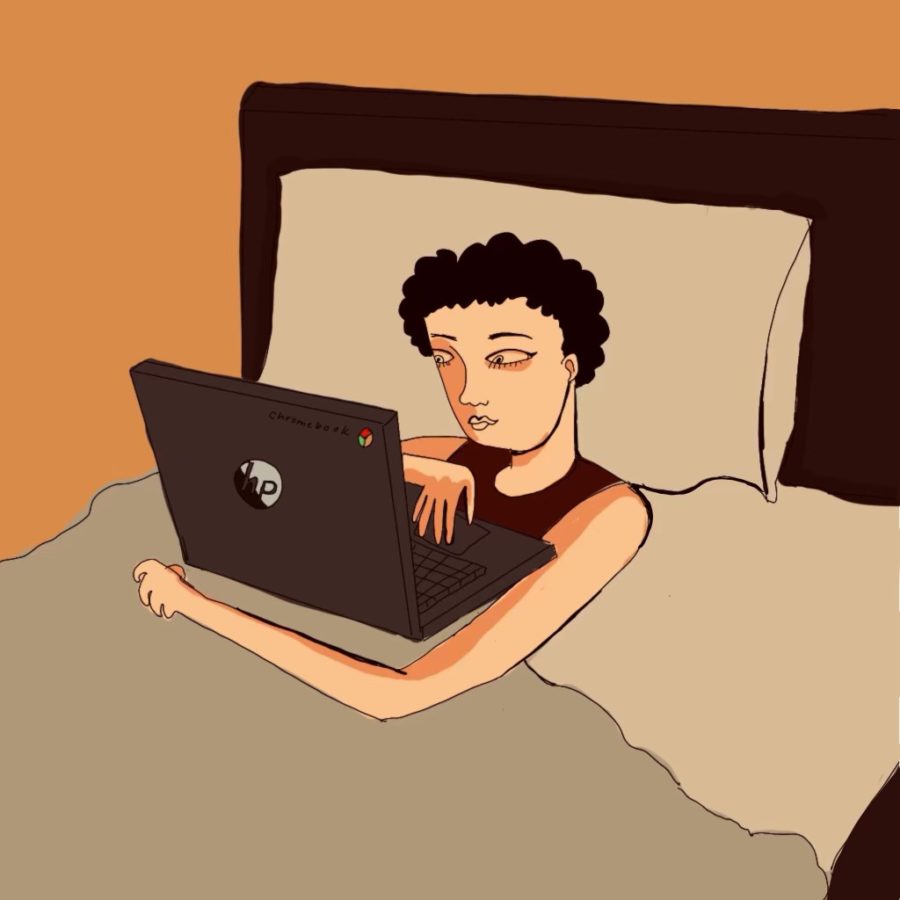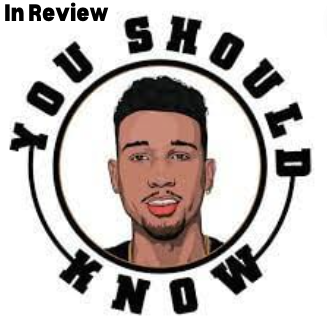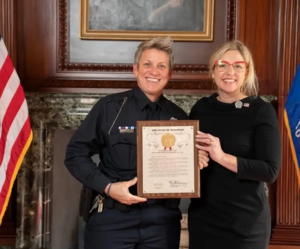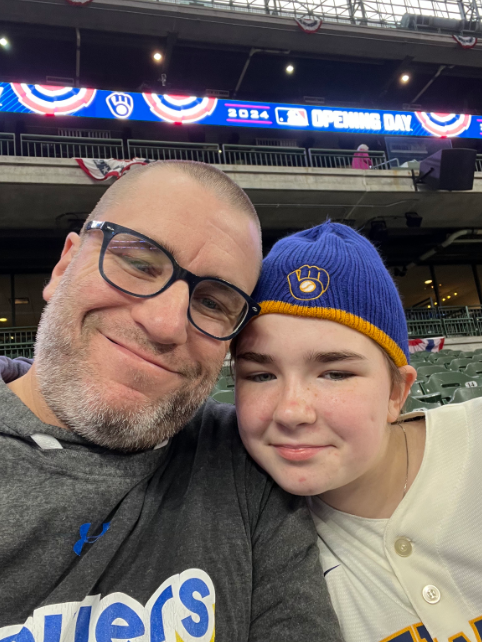There Is More to the District Zoom Policy Than What Students Think They Know
Graphic created by Evelyn Skyburg Greer displays the ability to zoom into class when forced to stay at home due to positive COVID test/exposure.
November 16, 2021
There is a common misconception among the student body at Wauwatosa West regarding the district zoom policy, but the information floating around is not the whole truth.
Currently many students are under the understanding that you can only “zoom” into class if you are placed in quarantine by the school or have tested positive for COVID.
It’s my understanding that you are only able to zoom in if you’re COVID positive or in quarantine” said Maya Le, a junior.
However that is only part of the policy. According to Wauwatosa West Principal, Ebony Grice, there are more circumstances that allow students to participate in class via Zoom.
“The way it works now is that students are allowed to zoom in for medical reasons” said Grice. Medical reasons being any physical or mental ailment that requires students to be at home for an extended amount of time. To do this, families must work with the Director of Student Services to get the proper approval.
This new policy was added in mid September, after the initial policy was reviewed at an August School Board Meeting. Nonetheless, students are still not allowed to zoom in due to common illnesses such as a cold, flu, or stomach virus.
“For students that are out ill for a short period of time they would follow the traditional process of contacting their teachers for missing work and also accessing Canvas. In the past when students would feel ill, they would stay home for the day and they would contact their teachers to receive their missing work. Now we have other ways to access work via Canvas and via email” said Grice.
However, some students think that regardless of the type of sickness, students should be allowed to zoom into class.
“I think that students who are sick with an illness other than COVID should be able to use the zoom link. This prevents students from getting overwhelmed and behind on school work” said Connor Neikirk, a junior.
However, David Kleier, a junior, agreed with Grice. He too thinks that the concept of a sick day has not changed.
“Before COVID if you were sick, you just missed school and made it up the next day, so nothing has changed there” he said.
However, some students have expressed that if they would have been allowed to zoom in when sick with other common illnesses, it would have overall been a safer option.
“I was feeling a little sick but couldn’t get tested for at least the next two days but I still came to school because I already missed so much after being out for sports. I one-hundred percent would have zoomed in and stayed home just to be safe if I could have” said Le.
Administrators want to acknowledge circumstances that would allow Zoom to be a useful tool for students, but they also think that in person learning is ultimately the best way to receive instruction.
“We know that in person instruction is most effective. We also understand that students may have circumstances that prevent them from being in school for an extended period of time and may need access to zoom into class” said Grice. “Working with the Director of Student Service and going through the following process ensures that the zooming policy isn’t being misused. This also ensures that we are able to accurately take attendance, as we know that attendance is crucial to a student’s success”.
But some students think the ability to zoom into class would not be abused in that way.
“There’s no way people who wanna stay home just to stay home would get on a zoom. If they’re gonna skip, they would not make the effort to get on” said Le.
However, other students do agree that it would be beneficial to have a system that prevents students from just zooming in whenever they feel.
“The zoom link should not be used just when a student doesn’t feel like coming to school. So there would have to be a way to make sure that wouldn’t happen” said Neikirk.
The student body is divided but Grice ensures that the policy is curated to support students and families, keep students on track and to monitor the proper use of Zoom as a tool.
“My stance is that it’s a great tool when used effectively” she said.
















